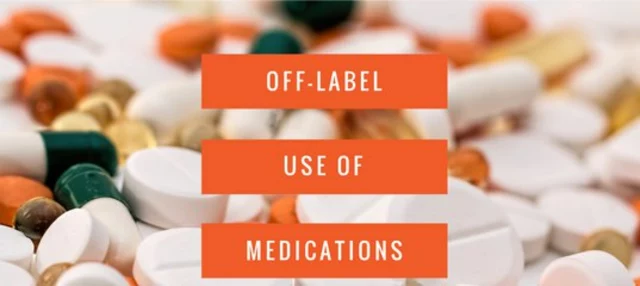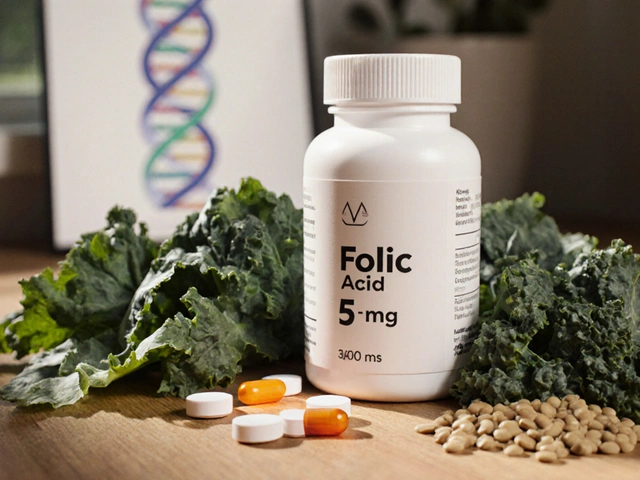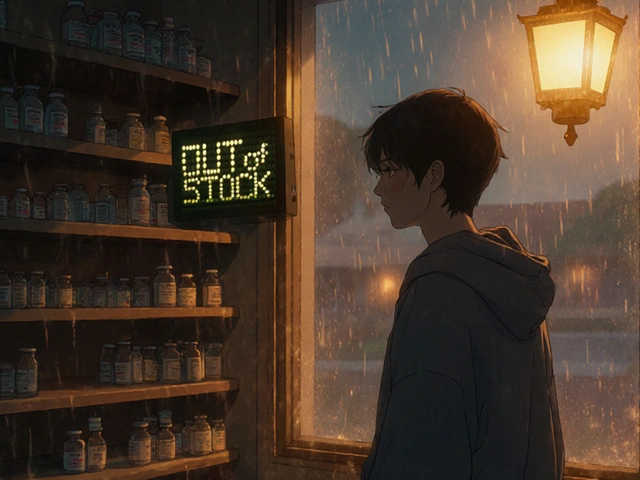
How Chemotherapy Actually Works
Chemotherapy isn’t one thing-it’s a group of powerful drugs designed to kill cancer cells by attacking anything that divides quickly. Cancer cells multiply fast, and that’s exactly what makes them vulnerable. But so do your hair follicles, gut lining, and bone marrow. That’s why chemo hits hard-and why side effects happen.
The first chemo drug wasn’t made in a lab for cancer. It came from war. In the 1940s, scientists noticed soldiers exposed to mustard gas had fewer white blood cells. That led to the first chemotherapy trial on a man with lymphoma in 1942. Today, over 100 different chemo drugs exist, grouped into six main types. Each works differently:
- Alkylating agents like cyclophosphamide mess up DNA so cancer cells can’t copy themselves.
- Antimetabolites such as 5-fluorouracil trick cells into using fake building blocks, which breaks DNA and RNA production.
- Anthracyclines like doxorubicin slip into DNA and snap it apart, stopping cell division.
- Plant alkaloids including vincristine and paclitaxel freeze the cell’s internal skeleton, preventing it from splitting.
- Topoisomerase inhibitors like etoposide stop enzymes that untangle DNA during replication.
- Miscellaneous agents cover everything else, including drugs like cisplatin that cross-link DNA strands.
Most chemo is given through an IV-about 65% of treatments. Some, like capecitabine, come as pills. Others go directly into the spinal fluid, abdomen, or arteries. Treatment isn’t continuous. It’s given in cycles-two to six weeks apart-so your body can recover. A single dose might take 20 minutes or stretch over three days, depending on the drug and cancer type.
Why Chemotherapy Still Matters
Even with new treatments like immunotherapy and targeted drugs, chemotherapy remains the backbone of cancer care. Why? Because it works where others can’t.
Targeted therapies only help if your cancer has a specific mutation-like HER2 in breast cancer or EGFR in lung cancer. But many cancers don’t have those markers. Chemo doesn’t care. It attacks any fast-dividing cell, making it the go-to for cancers like acute myeloid leukemia, ovarian cancer, and many types of lymphoma.
It’s also essential for shrinking tumors before surgery (neoadjuvant therapy). In breast cancer, patients who get a complete response to chemo before surgery have a much better chance of long-term survival. In fact, studies show 40-60% of patients see their tumors disappear entirely after chemo, even if they started out large.
And unlike targeted drugs that often stop working after a year or two, chemo can still be effective even after resistance develops. It’s blunt, but it’s broad. For many, it’s the only tool that can reach cancer that’s spread to the brain, bones, or liver.
Still, its role is changing. In metastatic breast cancer, targeted drugs now come first for 63% of patients. In lung cancer with certain mutations, chemo is no longer the starting point. But for 78% of blood cancers and 95% of ovarian cancers, it’s still the foundation.
Common Side Effects-And Why They Happen
Side effects aren’t random. They’re direct results of chemo’s lack of precision. It doesn’t know the difference between a cancer cell and a healthy one that divides fast. That’s why you get:
- Fatigue-mentioned in 82% of patient reports. Chemo drains your energy because your body is working overtime to repair damage and make new blood cells.
- Hair loss-78% of patients experience it. Hair follicles are among the fastest-growing cells in your body. Chemo doesn’t spare them.
- Nausea and vomiting-65% of patients deal with this. The gut lining renews every few days, so it’s highly sensitive to chemo. But this has gotten much better. In the 1990s, 80% of patients threw up after chemo. Now, thanks to drugs like ondansetron, it’s down to 10-20% for strong regimens.
- Neuropathy-tingling, numbness, or pain in hands and feet. Affects 30-40% of people on taxanes or platinum drugs. For 5-10%, it doesn’t go away.
- Chemo brain-trouble focusing, remembering names, or multitasking. About 75% of patients report it during treatment. One in three still feel it six months later.
- Mouth sores and taste changes-some say food tastes metallic. Others lose appetite entirely.
Some side effects are less talked about but just as real. Insomnia from steroid pre-meds. Diarrhea or constipation. Low white blood cell counts that raise infection risk. Red urine after doxorubicin? Normal. Black stools? Call your doctor right away.

How Side Effects Are Managed Today
Managing chemo side effects isn’t guesswork anymore. It’s science-and it works.
For nausea, anti-vomiting drugs are now standard. But they don’t always help with delayed nausea that hits 24+ hours after treatment. That’s where eating small, bland meals (toast, bananas, rice) helps. Drinking 1-2 liters of water daily prevents dehydration from vomiting or diarrhea.
For neuropathy, the key is early action. If your fingers start tingling, tell your team. Avoid cold drinks, wear gloves when washing dishes, and don’t walk barefoot. Some studies show CBD and THC mixtures reduce nerve pain by 55%.
Chemo brain? Meditation helps. A 2021 study found patients who practiced 20 minutes of mindfulness daily saw a 30-40% improvement in memory and focus. Apps like Calm or Headspace are now recommended by cancer centers.
Fatigue? Exercise. Yes, really. Thirty minutes a day of walking or light cycling cuts fatigue by 25-30%. Multiple trials confirm it. Rest alone won’t fix it.
For hair loss, scalp cooling caps are now widely used. In breast cancer patients on taxanes, they reduce hair loss from 65% to just 25%. They’re not perfect-they can be cold and expensive-but they work.
And for low blood counts, a new drug called trilaciclib (Cosela) was approved in 2023. It protects bone marrow during chemo, reducing the need for transfusions and growth factor shots.
What Patients Really Say
Real people, real experiences. On Reddit’s r/cancer, over 1,200 patients shared their chemo stories in 2023. The top three complaints? Fatigue, hair loss, and nausea. But the most heartbreaking? The mental fog.
“I could handle the vomiting,” one woman wrote. “But when I couldn’t remember my daughter’s teacher’s name, that broke me.”
Another said: “The Imodium stopped my diarrhea, but nothing fixed the metallic taste. I stopped eating because food tasted like pennies.”
Yet many also say: “I’m alive because of chemo.”
One man with lymphoma told his oncologist: “I lost my hair, my energy, my appetite. But I got to see my grandson born. That’s worth it.”
Support teams make a difference. Nurses who teach you how to check your temperature for fever. Pharmacists who explain which supplements to avoid. Nutritionists who help you eat when nothing sounds good. These aren’t extras-they’re part of the treatment.

What’s Next for Chemotherapy
Chemotherapy isn’t going away. But it’s changing.
It’s no longer used alone. Today, it’s often paired with immunotherapy to boost the immune system’s response. Or with targeted drugs to hit cancer from multiple angles. In lung cancer, chemo plus immunotherapy can extend life by months-sometimes years.
Doctors are also getting smarter about dosing. Instead of giving the same amount to everyone, some now adjust based on genetics, weight, or how fast a patient metabolizes the drug. This reduces side effects without losing effectiveness.
And research is moving fast. New drugs are being developed to protect nerves, repair gut lining, and even reverse cognitive decline after chemo. Medical cannabis for pain and brain fog? Early data looks promising.
Still, the big picture hasn’t changed. For cancers without targetable mutations-like triple-negative breast cancer, pancreatic cancer, or many types of ovarian cancer-chemotherapy is still the most effective tool we have. It’s not pretty. It’s not gentle. But for millions, it’s the difference between life and death.
As one oncologist put it: “Chemotherapy isn’t the future. But it’s the present we can’t afford to lose.”
What You Need to Know Before Starting
- Chemo is given in cycles. Stick to the schedule-even if you feel fine.
- Hydration matters. Drink water. Even if you’re not thirsty.
- Report side effects early. Don’t wait until it’s unbearable.
- Ask about scalp cooling if you’re getting taxanes.
- Don’t take vitamins or supplements without checking with your oncologist. Some interfere with chemo.
- Keep a symptom journal. Note what helps and what doesn’t. You’ll need it.
- It’s okay to ask for help. Mental health support is part of cancer care.
By the third cycle, most patients learn what works for them. It’s not a one-size-fits-all. Your body, your response, your journey.
15 Comments
Write a comment
More Articles

The potential off-label uses of colchicine in medicine
As a blogger, I've recently come across some fascinating information about the potential off-label uses of colchicine in medicine. Colchicine, a well-known treatment for gout, is now being explored for its potential in treating other conditions such as cardiovascular diseases and certain types of cancers. Researchers are also investigating its anti-inflammatory properties, which could possibly help patients suffering from autoimmune diseases. While these off-label uses are still in the experimental phase, it's exciting to think about the potential benefits colchicine could have on a wider range of patients. I'll definitely be keeping an eye on future developments in this area, and I encourage you all to do the same!



mike tallent
November 17, 2025 AT 20:50I've been on chemo for 3 years now and honestly? Scalp cooling caps are a game changer. I still lost some hair but not enough to need wigs. Also, walking 30 mins a day saved my sanity. Don't underestimate movement. 🙌